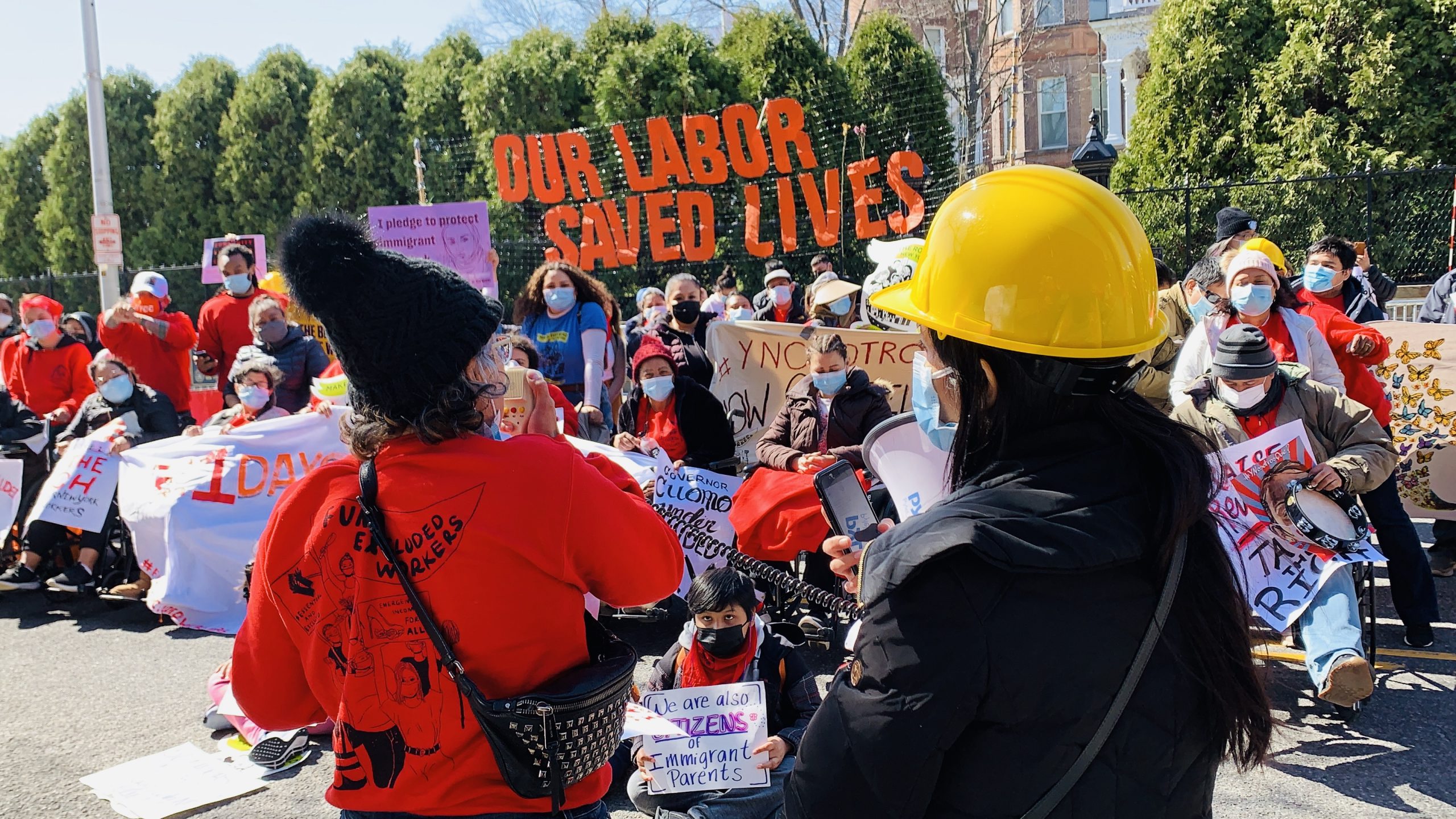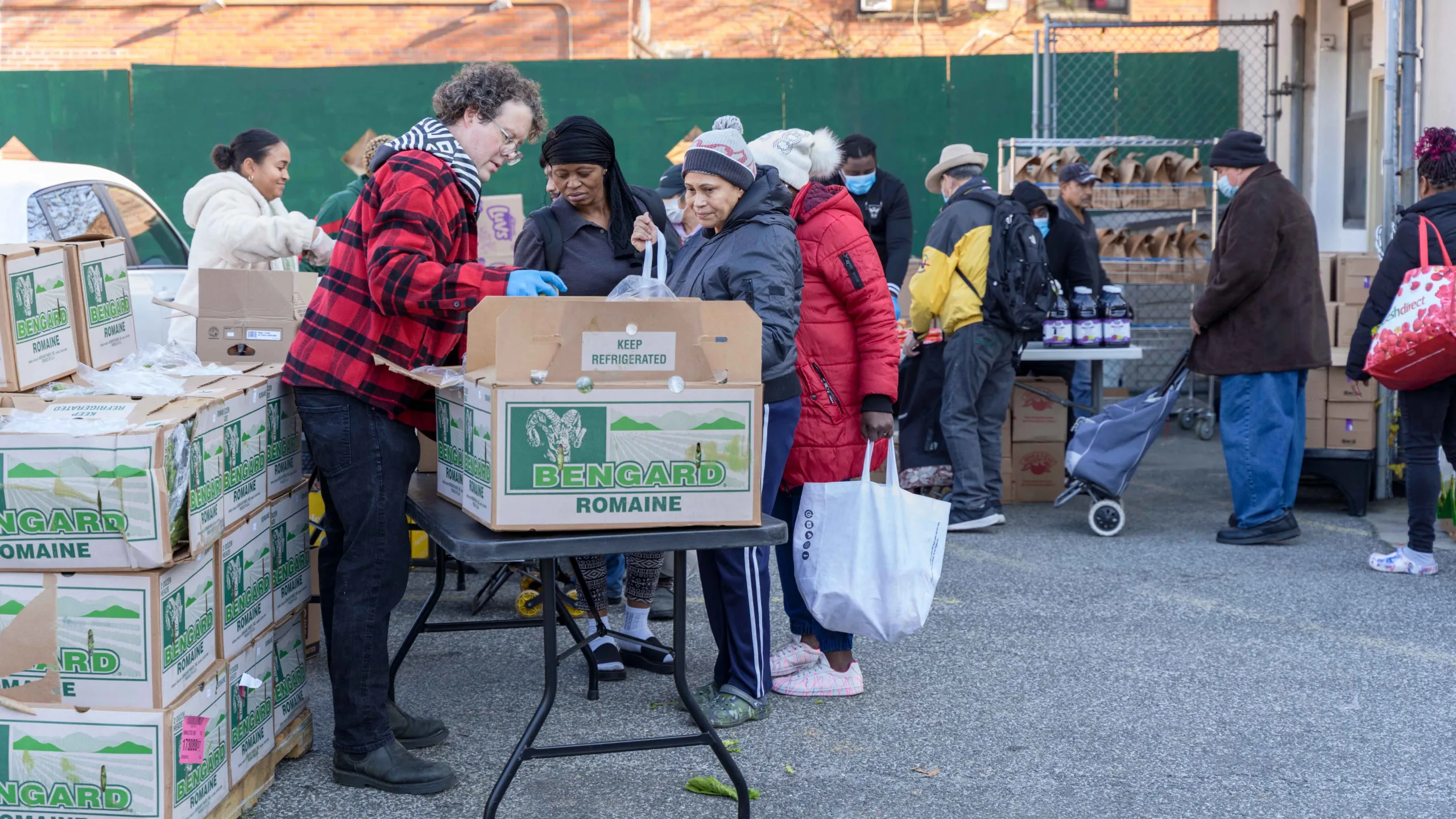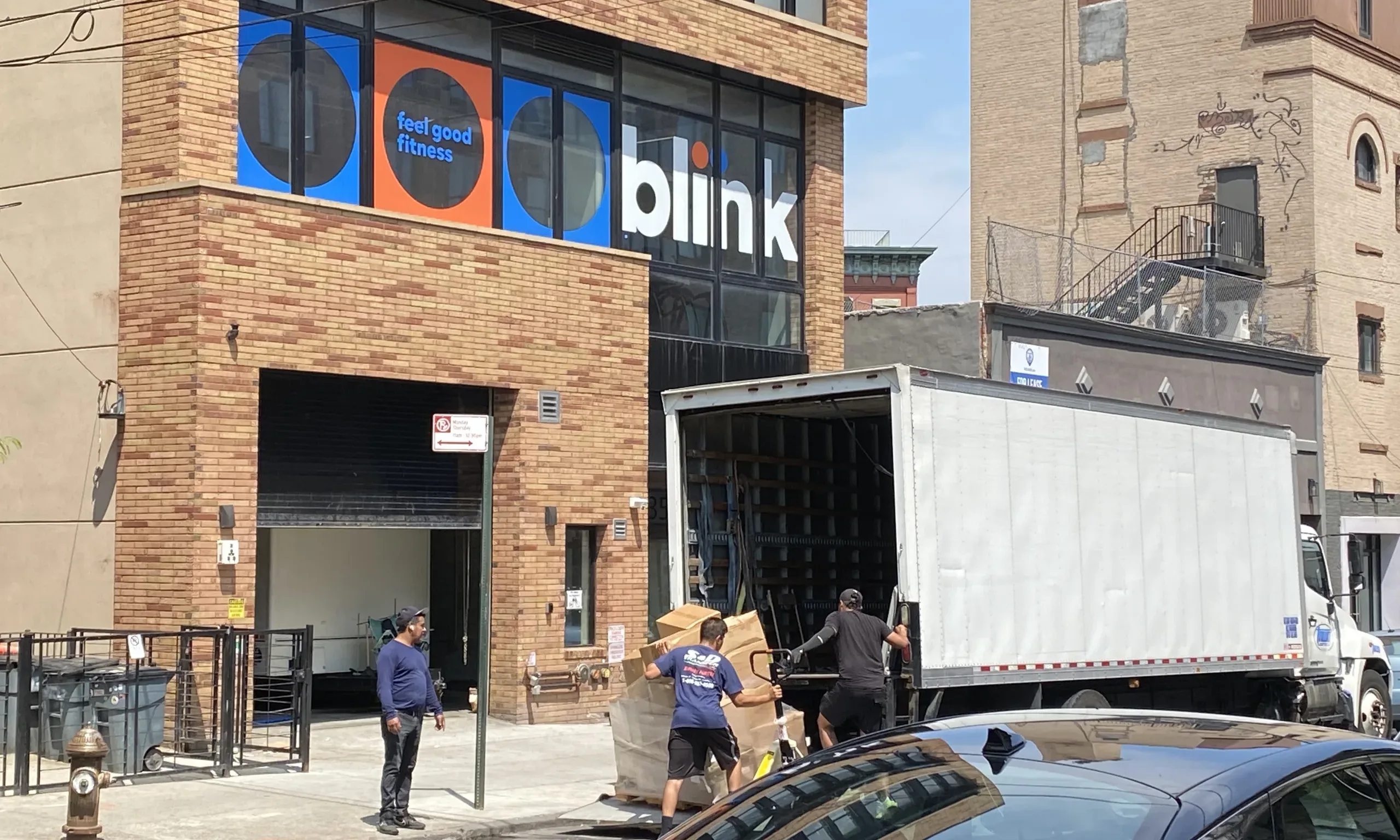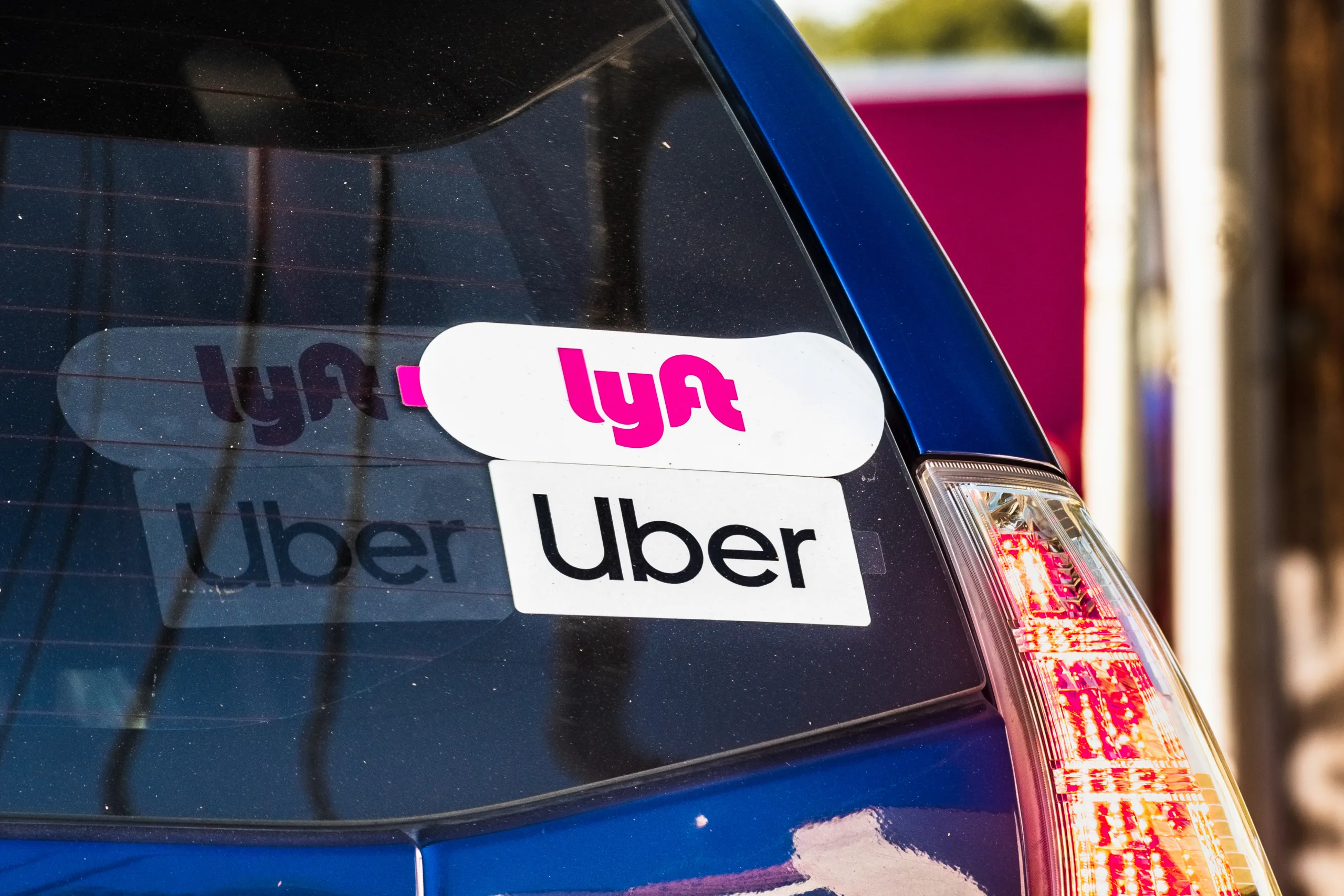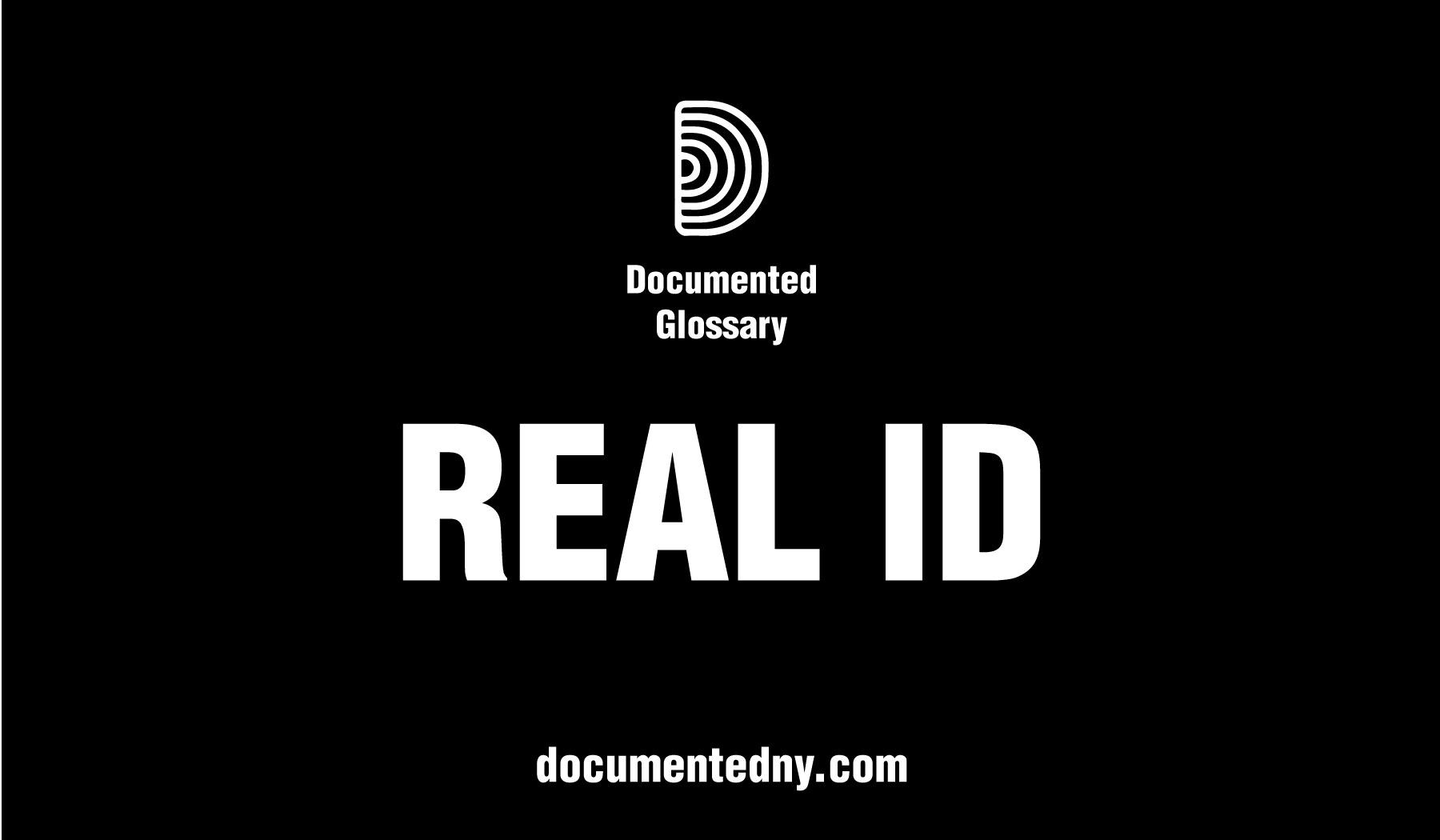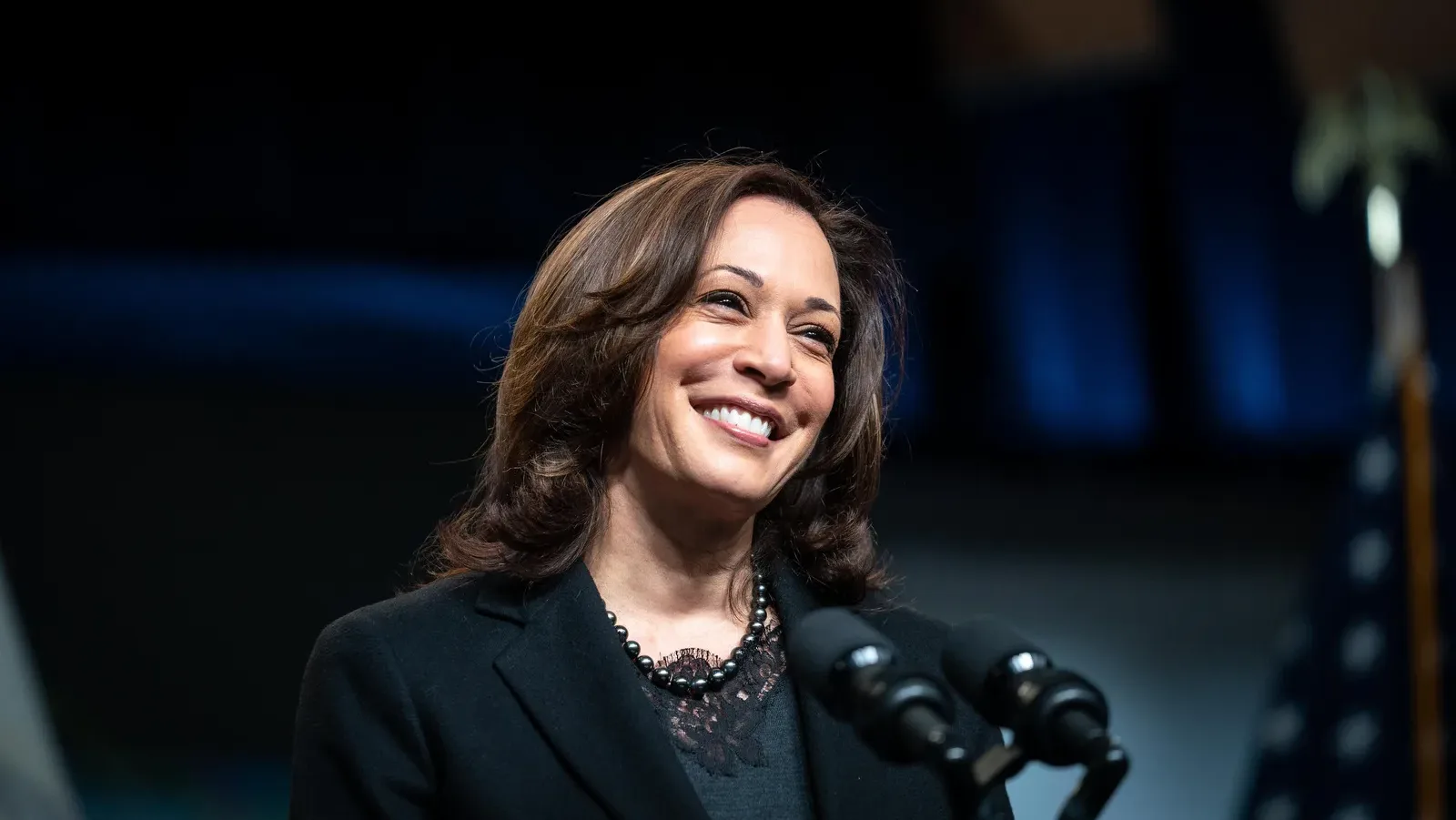This piece is published in partnership between Documented, THE CITY and The Fuller Project.
Last year, as the realities of the pandemic set in, Veronica Leal’s house-cleaning clients stopped calling and her household funds dissipated.
Leal made a grocery run to buy food in bulk, hoping to make it last by eating one meal a day. She told her teenage daughter to study hard and become a professional — like the people whose homes Leal cleaned who were better able to weather the pandemic’s economic fallout.
Leal came to the United States at 16 from Mexico. Now 35, she lives in Washington Heights. As the lockdown wore on, Leal watched fellow immigrants in her Manhattan neighborhood grapple with the same reality: Despite their hard labor, they were not considered deserving of the economic security that their adopted country advertised.
“I love to work. I love to contribute to this country,” Leal, who had spent 12 hours a day working to support herself and her daughter, said through an interpreter.
Immigrant women, including those from working-class backgrounds, have faced particular hardship during the pandemic. According to the Migration Policy Institute, they entered the pandemic with unemployment rates roughly similar to the rest of the United States, but saw a steep mid-year escalation in joblessness that peaked in May 2020: At 18.5%, their unemployment rate far exceeded the 13.5% rate among their U.S.-born women at the time.
Immigrant women’s unemployment remained higher than that of American-born men or women throughout the pandemic, falling below the other groups only in July 2021. But in August, job losses among immigrant women spiked again, likely due to the spread of the Delta variant, said Julia Gelatt, MPI’s senior policy analyst.
In New York City, the pandemic compounded existing economic insecurity across racial and gender lines. Grocery clerks, hospital staff, street vendors, domestic workers, nail technicians, cleaners and caregivers could not do their jobs remotely. So they either risked their health on the frontlines as essential workers — if they even had employment opportunities — or watched their sources of income dry up.
Also Read: West African Hair Braiding Industry Is Being Destroyed by the Pandemic
Many, especially undocumented New Yorkers, were excluded from the early rounds of federal stimulus aid. Anxieties about missing rent and bill payments bloomed.
In the absence of comprehensive government safety nets to deliver them from economic distress, immigrant women like Leal banded together, adapted their skill sets and organized aid.
“For some communities, mutual support networks have always existed: It’s something that they had back home, and it’s something that they brought with them here,” said Ojiugo Uzoma, a Brooklyn-based organizer who serves African immigrant populations across the City. “So there’s a lot of women that participate in these circles where people contribute money each month and then the pot goes to one person each month. That continued.”
But it wasn’t enough. Some women went further, bringing attention to the experiences of their community members and pushing for policies that would help their communities economically in the short-term — and empower them politically in the long run.
Here are four stories of New York women fighting for their communities during the pandemic.
‘We Have Rights, Too’
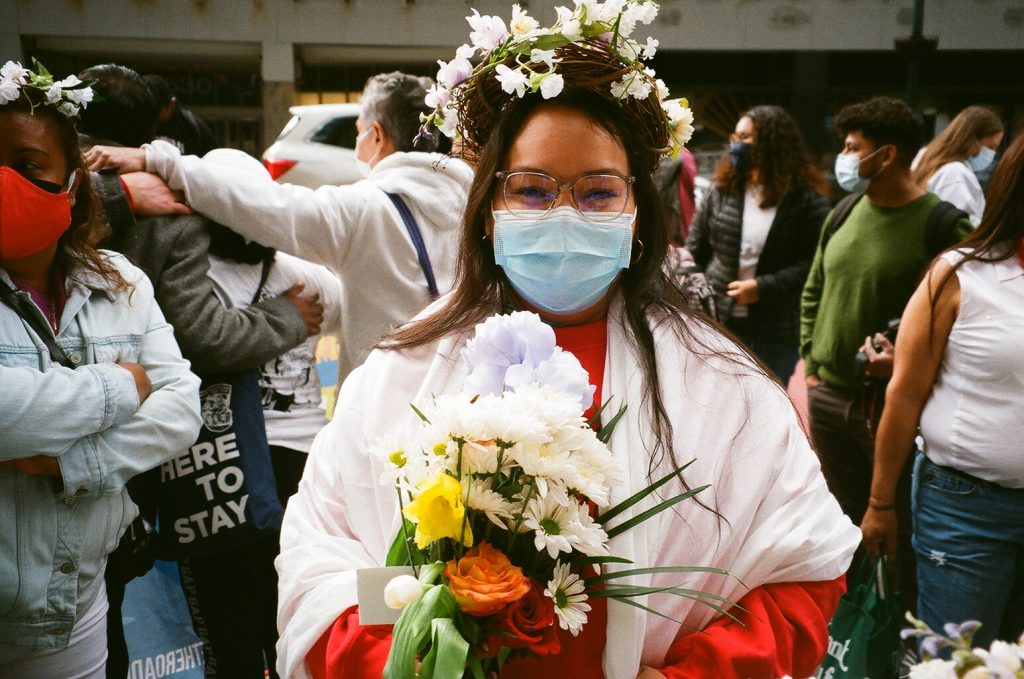
In March, hundreds of New Yorkers attended rallies demanding that the state government allocate funds to assist almost 300,000 excluded workers through the economic downturn. They marched across the city’s neighborhoods, occupied its bridges, and demonstrated at the state Capitol.
Also Read: Meet the Immigrant Women on Hunger Strike for Pandemic Relief
Their chants boomed, punctuated with the steady rhythm of the drum line. From time to time, local elected officials joined these demonstrations, making speeches in support.
In March, Leal and other workers launched a hunger strike as a part of the campaign. In the initial days, her head hurt and her body screamed for food, she said, but she held steady. “I said to myself that if I’m here for the others, then it would be good for everybody,” she said. “I wanted people to look and see what we go through — that we have rights, too.”
On April 6, the excluded workers saw victory: The state Legislature, as part of its $212 billion budget deal, put aside $2.1 billion put in for undocumented workers hit by COVID-19. New York was third after Maryland and California to authorize assistance to such immigrants, and allocated the largest amount.
Workers celebrated at the Washington Square Park arch upon hearing the news. “It is actually a recognition of undocumented workers,” Ana Ramirez, a member of New York Communities for Change and excluded worker who was on hunger strike for 23 days. “This is the future.”
Amid festivities, Leal’s daughter brought her chicken stew, rice, sweet potatoes and banana. As she broke her weeks-long fast, Leal cried. She felt grateful, she said —and important.
In August, advocates organized workshops, teaching immigrants how to apply for the assistance. Some also mounted pressure on the state to loosen the paperwork requirements for accessing the excluded workers fund, which they say remain burdensome for some potential applicants.
With the spread of the Delta variant, the road out of the pandemic remains unclear, but Leal is counting her blessings where she can.
“After COVID, what gives me pleasure is just to breathe,” she said.
‘We’re Not Monolithic’
On a humid day in late May, a group of women in resplendent saris and salwars sat in loose circles, gold bangles jangling as they spooned biryani into their mouths. It was a belated Eid celebration, and the freshly vaccinated Bengali women of The Bronx’s Norwood neighborhood were glad to be outside together.
Among them was Rumana Sayeed, 47, whose otherwise rosy view of her world “turned sideways” when the pandemic hit, she said. Her husband, an Uber driver, wasn’t getting a lot of rides, and her 13-year-old was sent home from school as the shutdown started.
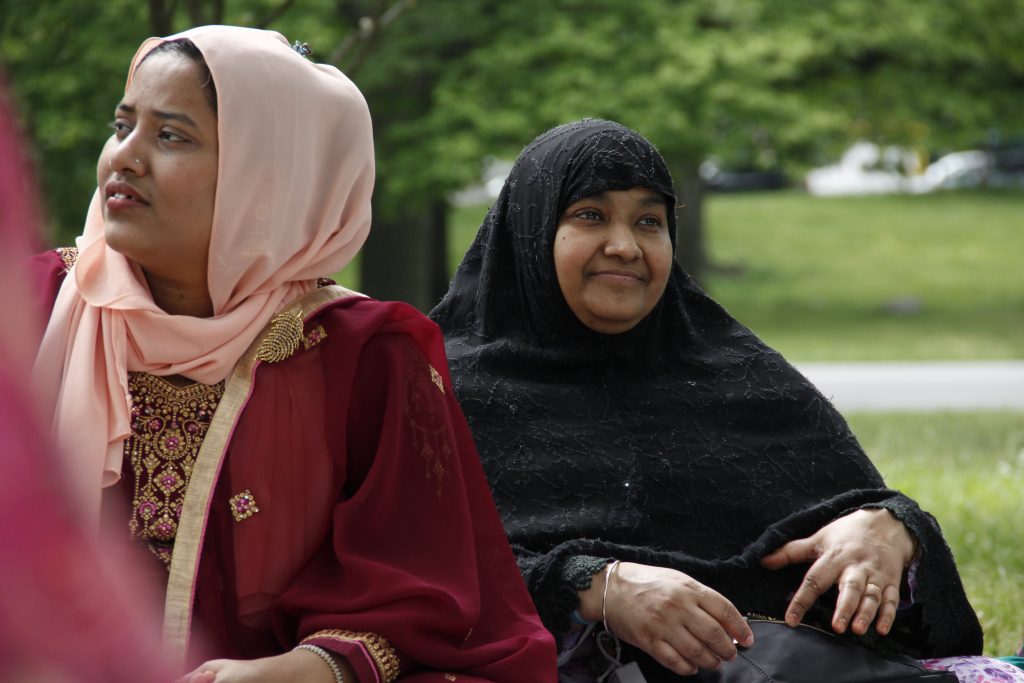
For the first two months, no money came in. Even though the couple was, as green card holders, eligible for unemployment benefits, they didn’t know how to apply online because of their lack of tech savvy.
So, they stayed home, washing their hands and disinfecting their surroundings obsessively. They watched Netflix to stave off boredom. Their basement apartment started feeling “like a dungeon,” Sayeed said, but they did not want to take any chances with the virus.
The May get-together was organized by Laal, a community organization serving Bengali women in the area — a population often ignored by local lawmakers, said Sanjana Khan, Laal’s co-founder and executive director. Like Sayeed, many are green card holders who cannot vote.
Some who are U.S. citizens often don’t cast ballots, Khan said, because they are not encouraged to participate in elections and other civic activities.
Even some of the local efforts to assist Bronx residents with food during the pandemic overlooked the particular needs of her community. “We’re not monolithic,” Khan said. “They’re looking for Halal food, they’re looking for specific vegetables, hence why we did so much food pantry distribution out of the Bengali grocery store.”
Sayeed earned her first U.S. paycheck after helping out on a food delivery shift with Laal during the pandemic — it was recognition that her labor mattered, Khan said. “When you talk about women being excluded, I also think about it in a larger context of brown, Black, Latinx and Indigenous women’s domestic labor,” Khan said. “They don’t have that data to show they’re employed… but they’re constantly working.”
While many people have felt isolated during the pandemic, Sayeed said her work with Laal helped her become deeply enmeshed in the community she joined four years ago after coming to America. She taught others English and was even designated as the community representative during an election town hall earlier this year, when she questioned a local City Council candidate about housing policies.
Now, Khan said Sayeed and other women within her community have their eyes set on a bill that would legalize voting for non-citizens in local elections. Support for the legislation spans many Council members, but stops at Mayor Bill de Blasio who recently told WNYC’s Brian Lehrer that he did not believe the bill was legal to enact at the city level. Eric Adams, the Democratic nominee for mayor, however, has expressed his support for the legislation.
Non-citizens have a long history of voting at the local level in the United States. While New York was one of the first states to ban noncitizen voting in the 19th century, some elected officials have been surfacing legislation to legalize it again since the mid-1990s — in vain.
Also Read: At a City Council Hearing, Local Officials Wrestle over Giving Non-Citizen New Yorkers Power to Vote
Should the legislation be signed into law this time around, it would grant an estimated one million city residents — green card holders and others with legal status who can work and pay taxes — a chance to weigh in on local policies that shape their lives.
“They have seen themselves be ignored,” Khan said. “After doing the work and bearing the brunt of this pandemic? It’s like, ‘No, this has to change.’”
‘We Have to Survive’
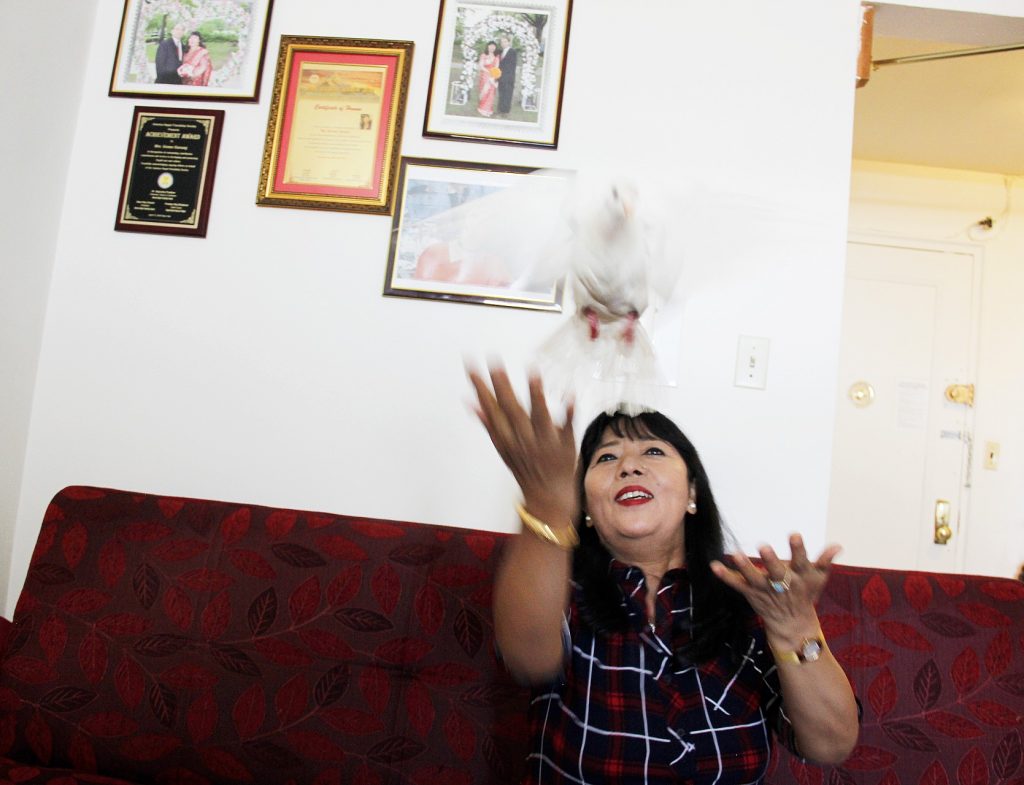
During the first few months of the pandemic, the normally vibrant and noisy end of Woodside, Queens, was blanketed by ominous silence. Gone were the squeals of kids pouring out of Taekwondo class, the screech of sneakers on the Frank D. O’Connor playground, and the bhajans ringing out from the Satya Narayan Mandi Hindu temple.
Instead, sirens blared through the neighborhood, as ambulances shuttled patients sick with COVID-19 to Elmhurst Hospital.
By June 2021, the neighborhood called the “epicenter” of the pandemic seemed as if it was finally waking up, though the inequalities the crisis had exacerbated remained stark.
A Center for Migration Studies paper found that immigrants in areas such as Jackson Heights in Queens or Sunset Park in Brooklyn were most at risk for poor health outcomes due to a mix of factors. Among them: overcrowded housing conditions, limited English proficiency, barriers to health care and lower levels of education.
At least half of New York’s immigrant residents lack health insurance, with the disparities much starker for noncitizens compared to naturalized citizens. COVID-19 mortality rates, too, were higher in Black, Asian, and Hispanic neighborhoods across the City, which included foreign-born residents, a separate analysis found.
By September, 67% of all Queens residents had been vaccinated, according to New York City’s Citywide Immunization Registry. But in immigrant-rich neighborhoods around Elmhurst, residents continued to wear masks even when they went outside.
Goma Yonjan, a nail salon worker and Woodside resident, explained why she prefered to keep her mask handy despite being vaccinated. “Still, something inside worries,” she said.
In Yonjan’s 15-plus years in New York, she had come a long way from the uncertain newlywed she was when she first arrived from Nepal, when she would cry when teased about her lack of English skills and settled for $30 for an entire day of salon work.
Now, she is something of a “social butterfly,” said Prarthana Gurung, a campaigns and communications manager at Adhikaar, an organization that serves the local Nepali-speaking community.
Over the years, Yonjan has organized her fellow salon workers to demand better treatment and fairer wages. She has also come to chair several cultural and ethnic committees in the area, and even made remarks at City Hall in 2013 about her experience as a nail salon worker in a bid for better working conditions.
But when the pandemic started, Yonjan’s activism and social life came to an abrupt halt. The nail salon she worked at for 17 years closed up shop. She stopped leaving her home, and fear, uncertainty, and isolation chipped away at her mental health.
“Oh my God, [it] felt like depression,” she said.
Then, deaths in the community started mounting: The passing of Anil Subba, a Nepali Uber driver whose wife was also a salon worker, was one of the first fatalities Yonjan found out about through Facebook.
A year later, even as things improved in the rest of the city, Yonjan felt an aftershock of trauma as Delta variant of the virus ripped through Nepal, infecting her sister and nephew there. Now that the Delta had arrived in the United States, fear resurfaced in the neighborhood.
“For us, the impact of this is something we’ll be looking at for years to come,” Gurung said. “There’s definitely irreversible effects on our community.”
To cope, Yonjan, 57, adapted the ways in which she carried out her activism: She helped organize food donation drives, raised funds to buy protective gear for members of her community, and kept organizing nail salon workers — over Zoom. “If anything, the pandemic just strengthened my resolve and dedication, and it reminded me why I do this work,” she said.
In July, Yonjan led a march from her neighborhood to Manhattan Bridge, singing songs into a loudspeaker, and demanding a path for citizenship Temporary Protected Status holders like herself — immigrants from certain designated countries, including Nepal, who fled natural disaster or conflict. Adhikaar is now pushing for the Senate Democrats to override objections by the Senate parliamentarian and include a pathway to citizenship for immigrant groups with temporary protections in a sweeping spending legislation currently being hammered out in Congress.
It was on brand for Yonjan, who is known in her community for her beautiful voice, to turn to her music and activism to cope with ongoing grief and loss.
“I try to motivate myself,” she said. “Life goes on, whatever happens, we have to survive.”
A Deep Sense of Loss
Staten Island is often painted as an outlier in the City — a red borough where blue collar white voters play an outsized role in the cultural conversation and political matters. But the borough is also home to a diverse community of immigrants from Mexico, Sri Lanka, West Africa and other countries: Its north shore is primarily Black and Hispanic, and many Asian New Yorkers live in the northeast and the mid-island sections.
Arlette Cepeda, who was born in the United States and grew up in the Dominican Republic, has resided in the Port Richmond neighborhood of Staten Island since 2012. A visual artist and photographer, Cepeda is interviewing friends, neighbors and colleagues about their experiences during the pandemic for a photo-documentary project.
She applied for the local grant to fund the project in 2020, and was notified earlier this year that she received it. So far, she has interviewed 29 people of different ages and backgrounds. The common thread: Their stories all involve “a deep sense of loss at all levels,” she said, “loss of yourself, of your identity; loss of loved ones.”
In October, her portraits and conversation snippets will be displayed at the two locations of La Colmena, an organization that works with day laborers, domestic workers and other low-wage earners in Staten Island, where Cepeda started work as deputy director earlier this year.
Cepeda’s subjects are at the margin of the margins — metaphorically and geographically — and are often left out of the larger conversations at the City level, even among immigrants themselves.
“I felt that it was important to document the immigrant experience at a time in our lives that was historic, that was unique, that would have so much long term impact,” she said.
TestPost3
She’s been struck most by the story of a neighbor who lost her father. After the man’s wife was killed in front of the family back in Mexico, he came to America and made money collecting cans. He brought his kids with him and raised them as a single father.
He built a house for them back in Mexico, so they could one day return and live together as a family in their homeland, only to die of COVID-19 earlier this year. His family is now grappling with the question: What was it all for?
The story has got Cepeda thinking about her own immigrant journey — its end purpose, and all that we lose in pursuit of our dreams.
“This is the immigrant dilemma, right? ‘I’m gonna work hard to return,’ or ‘I’m gonna work hard to build a home,’” Cepeda said. “And we leave our souls behind working for that dream and — sometimes, it never happens.”
